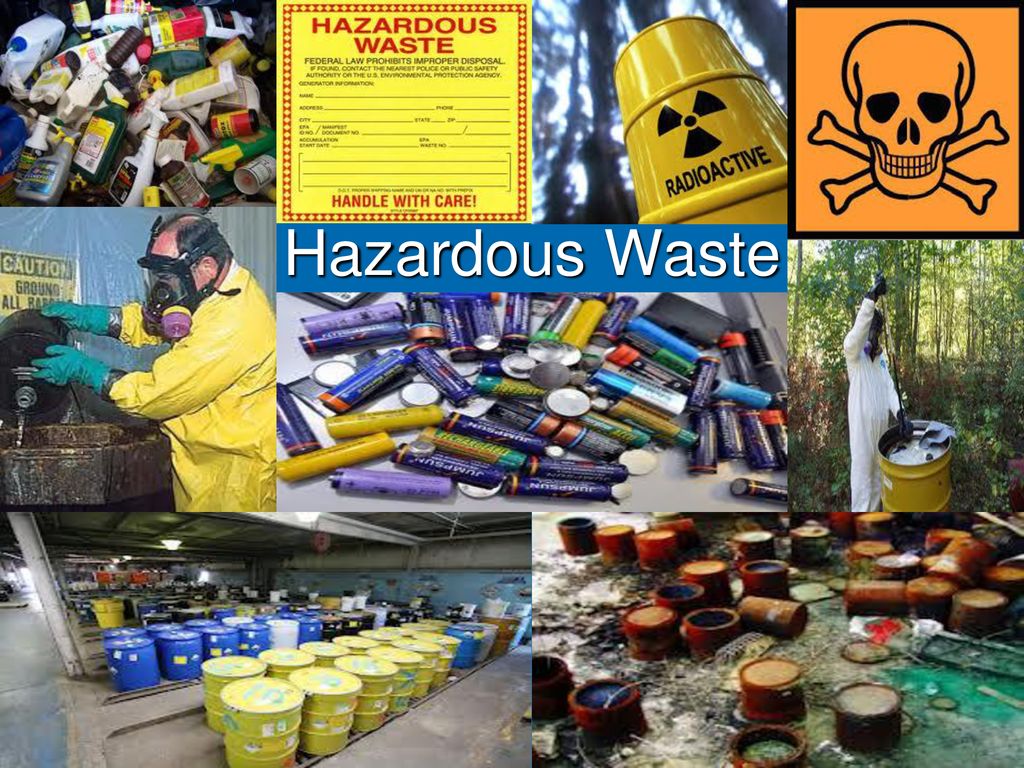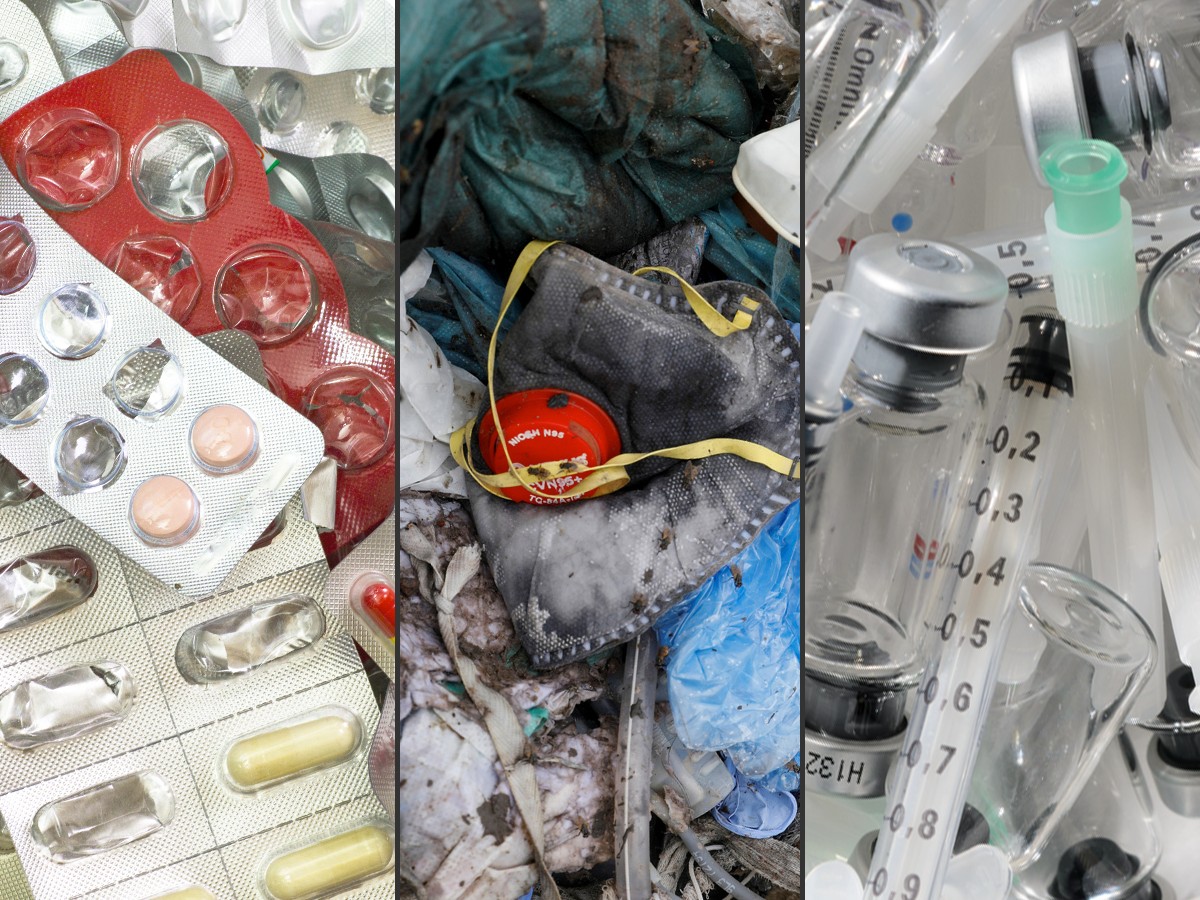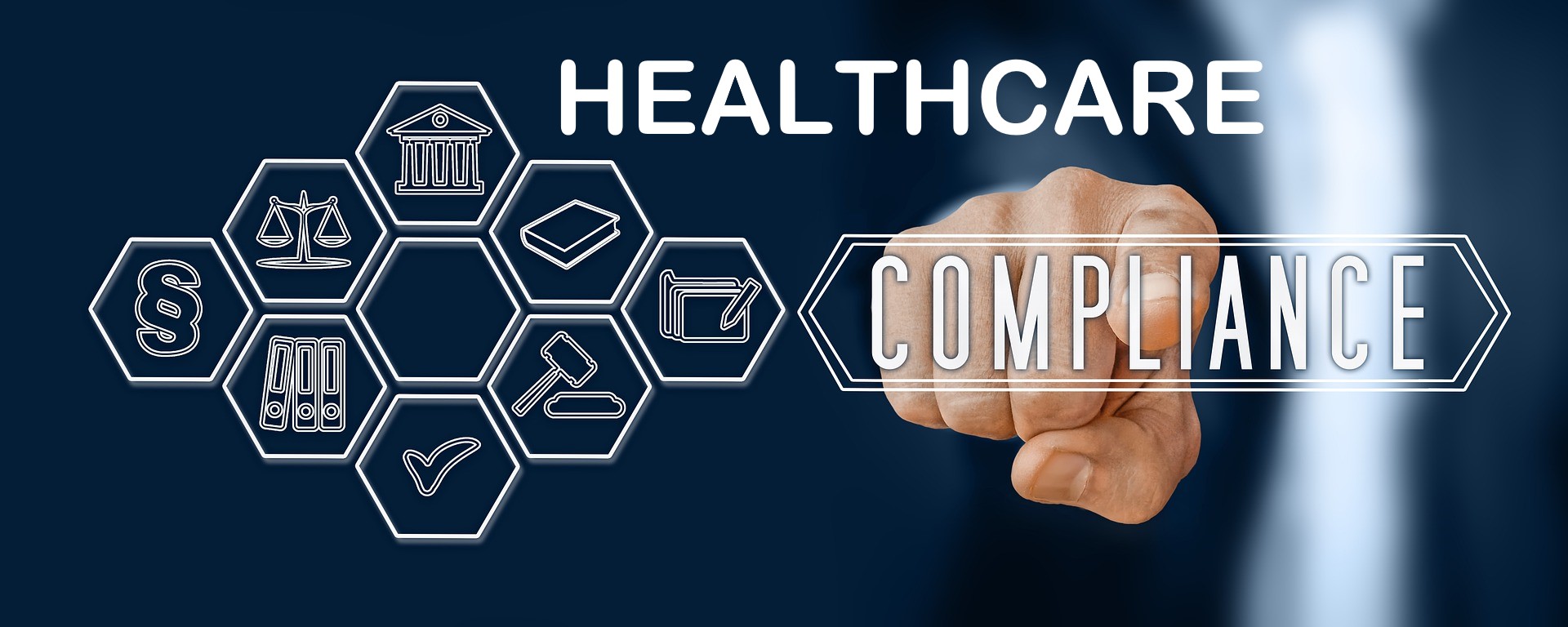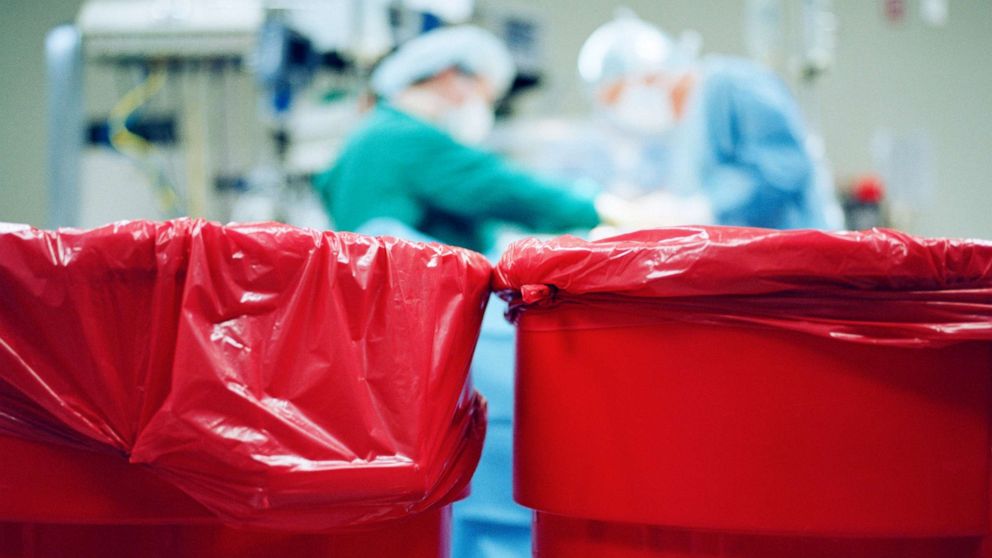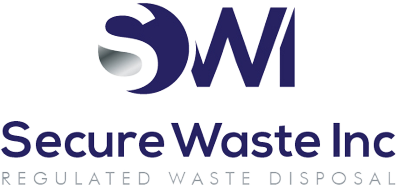Hazardous waste is an escalating environmental crisis with far-reaching implications. Generated by industries, households, and healthcare facilities, this waste is a ticking time bomb for ecosystems, wildlife, and human health. Despite global efforts to manage it, hazardous waste continues to grow in volume and complexity, making it a worldwide problem that affects everyone.
According to the World Bank, global waste generation is expected to increase by 70% by 2050, reaching 3.4 billion metric tons annually. This alarming trend demands urgent action.
In this comprehensive guide provided by Secure Waste, we will explore the nature of hazardous waste in Maryland and Virginia, its global impacts, and the urgent need for action. We’ll also discuss actionable steps for individuals, industries, and governments to address this critical issue.
Understanding Hazardous Waste
Hazardous waste includes any material that poses significant risks to human health or the environment due to its chemical, physical, or biological properties. Globally, approximately 400 million tons of hazardous waste are produced each year, as reported by the United Nations Environment Program(UNEP). The primary sources include:
- Industrial Activities: Manufacturing processes often produce toxic byproducts.
- Healthcare Facilities: Medical waste, including needles and pharmaceuticals, can be infectious or toxic.
- Households: Everyday items like cleaning agents, paints, and pesticides often contain hazardous components.
- Electronic Waste (E-Waste): Discarded electronics contain heavy metals like lead, mercury, and cadmium.
Key Characteristics of Hazardous Waste
To classify waste as hazardous, it must exhibit one or more of the following traits:
- Toxicity: Causes harm to living organisms.
- Reactivity: Prone to violent chemical reactions, such as explosions.
- Corrosivity: Can corrode metals and human tissue.
- Ignitability: Easily flammable under certain conditions.
The Global Impact of Hazardous Waste
1. Environmental Devastation
Improper disposal of hazardous waste wreaks havoc on the environment:
- Soil Contamination: Toxic chemicals from landfills and illegal dumping seep into the ground, rendering soil infertile and damaging plant life.
- Water Pollution: Rivers, lakes, and groundwater are frequently contaminated by hazardous substances, endangering aquatic ecosystems and human water supplies.
- Air Pollution: Incineration of hazardous waste without adequate controls releases harmful gases and particulate matter, degrading air quality.
2. Public Health Threats
Hazardous waste significantly impacts human health:
- Acute Effects: Short-term exposure can lead to chemical burns, respiratory distress, and poisoning.
- Chronic Illnesses: Long-term exposure is linked to cancers, neurological disorders, and organ damage.
- Community Impact: Vulnerable populations, especially those living near landfills or industrial facilities, face disproportionate health risks.
3. Economic Consequences
The financial toll of hazardous waste mismanagement is immense:
- Clean-up Costs: Governments and organizations spend billions annually on cleaning contaminated sites.
- Healthcare Expenditure: Treating diseases caused by hazardous waste exposure is a significant financial burden.
- Loss of Livelihoods: Contaminated land and water affect agriculture, fishing, and tourism, devastating local economies.
Hazardous Waste: A Global Problem
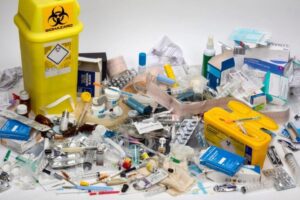
1. Globalization of Waste
As Secure Waste explains developed nations often export hazardous waste to developing countries, exploiting weaker regulations and lower disposal costs. This practice, while economically advantageous for wealthy nations, creates environmental and health crises in vulnerable regions. For instance:
- E-Waste Dumping: Countries like Ghana and India are inundated with electronic waste, where informal recycling exposes workers to toxic substances.
2. Lack of Uniform Regulations
The absence of global standards exacerbates the hazardous waste problem:
- Disparities in Management: Developed nations may have stringent regulations while developing countries struggle with inadequate waste management infrastructure.
- Weak Enforcement: Studies show that 15-30% of hazardous waste worldwide is illegally traded, often circumventing international agreements like the Basel Convention.
3. Illegal Dumping
Illegal dumping remains a persistent issue, driven by the high costs of proper disposal and lack of oversight in certain regions:
- Unregulated Sites: Hazardous waste is often discarded in remote areas, where it contaminates ecosystems for decades.
- Corporate Negligence: Some corporations bypass regulations to save on disposal costs, contributing to environmental degradation.
The Path Forward: Addressing Hazardous Waste Provided By Secure Waste
1. International Collaboration
Solving the hazardous waste crisis requires coordinated global efforts:
- Uniform Standards: Establishing universal definitions and classifications for hazardous waste would simplify enforcement.
- Shared Responsibility: Wealthy nations must support developing countries in building waste management infrastructure.
2. Industrial Reforms
Industries are major contributors to hazardous waste and must adopt sustainable practices:
- Circular Economy Models: Products should be designed for reuse, repair, and recycling to minimize waste.
- Green Technologies: Innovations like non-toxic materials and waste-free manufacturing processes can significantly reduce hazardous waste output.
3. Public Awareness
Educating the public is key to reducing hazardous waste:
- Consumer Choices: Individuals can opt for eco-friendly products to minimize household hazardous waste.
- Community Participation: Local clean-up drives and recycling initiatives encourage collective action.
4. Policy and Regulation
Stronger policies are essential to mitigate hazardous waste risks:
- Polluter Pays Principle: Industries should bear the financial burden of waste management.
- Strict Enforcement: Governments must crack down on illegal dumping and corporate negligence.
Challenges in Hazardous Waste Management
Managing hazardous waste effectively is a global challenge, hindered by several key barriers:
- Inadequate Infrastructure: Many countries, especially developing ones, lack proper facilities to treat or safely dispose of hazardous waste, leading to unsafe practices such as open dumping or incineration without controls.
- Regulatory Gaps: Variations in laws and enforcement between nations allow for illegal dumping and improper disposal, often in regions with weaker regulations.
- Public Awareness: Many people are unaware of the dangers of hazardous waste or how to dispose of it correctly, leading to improper practices that harm the environment.
- Emerging Waste Streams: New challenges like e-waste, pharmaceutical waste, and green energy byproducts (e.g., solar panels and batteries) require updated systems and innovative solutions.
Addressing these challenges requires global collaboration, stricter enforcement, and widespread education to protect public health and the environment.
How Individuals Can Help
1. Proper Disposal
- Follow local guidelines for disposing of hazardous materials like batteries, paints, and electronic devices.
- Use designated drop-off points for items that cannot be processed in regular waste streams.
2. Reduce and Reuse
- Choose reusable alternatives to single-use products, such as rechargeable batteries and refillable containers.
- Repurpose household items to extend their life cycle.
3. Support Recycling Programs
Participate in local initiatives to recycle hazardous waste, ensuring it is processed safely and efficiently.
4. Advocate for Change
- Push for stronger environmental policies and corporate accountability in hazardous waste management.
- Join campaigns that promote sustainable practices and highlight the dangers of improper disposal.
Hazardous waste is not just a localized problem—it’s a global crisis with profound implications for our environment, health, and economies. While governments and industries must lead the charge, individuals play a critical role in driving change through informed choices and advocacy.
Together, we can address the hazardous waste crisis by adopting sustainable practices, enforcing stricter regulations, and fostering international collaboration. The time to act is now—because this is a problem that truly affects us all. With collective effort, we can mitigate its impacts and pave the way for a cleaner, safer future.
FAQs
What is hazardous waste, and why is it dangerous?
Hazardous waste includes materials that are harmful to human health and the environment due to their toxic, corrosive, reactive, or flammable nature. Examples include industrial chemicals, medical waste, e-waste, and household items like batteries and paints. If not managed properly, hazardous waste can contaminate soil, water, and air, posing significant risks to ecosystems and public health.
How does hazardous waste affect the environment?
Improper disposal of hazardous waste can lead to soil contamination, water pollution, and air quality degradation. Chemicals can seep into the ground, harming plants and animals, or enter waterways, affecting aquatic ecosystems and drinking water supplies. Incineration of hazardous waste without proper controls can release toxic fumes and greenhouse gases into the atmosphere.
What are some challenges in managing hazardous waste?
Key challenges include inadequate infrastructure for safe disposal, regulatory gaps between countries, public unawareness about proper disposal practices, and the emergence of new waste streams like e-waste and pharmaceutical waste. These barriers complicate global efforts to mitigate hazardous waste’s impacts.
What steps can individuals take to reduce hazardous waste?
Individuals can help by properly disposing of hazardous items like batteries, electronics, and cleaning agents at designated facilities. Opting for eco-friendly products, reducing the use of hazardous materials, and participating in local recycling programs can also make a significant difference.
How can governments and industries improve hazardous waste management?
Governments can enforce stricter regulations, invest in advanced waste treatment facilities, and educate the public about hazardous waste risks. Industries can adopt sustainable practices, such as using green technologies and designing products with recycling and safe disposal in mind, to minimize hazardous waste production. Global collaboration is also essential to create uniform standards and address illegal dumping practices.
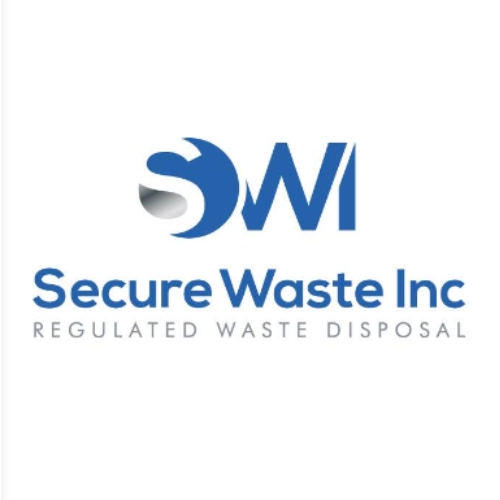
Expert Medical Waste Management: With over 25 years of industry experience, Secure Waste is a trusted local leader in hazardous and biohazardous waste disposal across Maryland, Virginia, and Washington, D.C. Specializing in medical waste management, sharps needle disposal, and biohazard waste removal, the company ensures full compliance with federal, state, and local regulations while prioritizing environmental sustainability.
The company also offers additional services, including secure document shredding and sharps container sales, providing comprehensive solutions for healthcare facilities and businesses. Our cost-effective services help clients maintain regulatory compliance without unexpected costs.
With a commitment to customer satisfaction, Secure Waste offers tailored waste management plans that align with industry best practices. Their team of experts provides reliable, timely, and compliant services, making them the preferred choice for medical waste disposal. For a free waste quote or more information, visit www.securewaste.net
